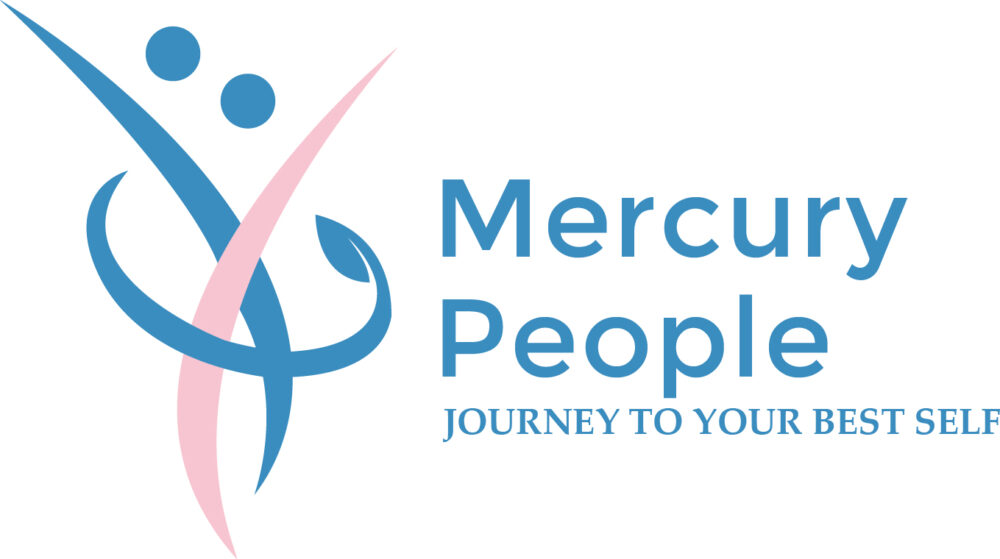
Emotional Addiction
Are Your Emotions Secretly Hijacking Your Success?
In my experience of coaching professional women, I have seen many brilliant minds tackle immense challenges from boardroom negotiations to complex family dynamics. But there is one subtle yet powerful hurdle many face without even realizing it: EMOTIONAL ADDICITION
As a professional woman, we juggle demanding careers and the beautiful chaos of family life. We are strategic thinkers and problem-solvers. But what happens when the very emotions we experience become an invisible, internal addiction, silently hijacking our well-being and impacting our family? The concept of “emotional addiction” might seem foreign. We are taught, and our brains are wired to embrace our feelings, but few realize that our bodies can become chemically dependent on the rush of neurotransmitters released during habitual emotional states. This is not about being addicted to external substances; it is about being hooked on our own internal chemical cocktails, even if those emotions leave us feeling miserable..
The Silent Cycle: How Emotional Addiction Takes Hold
It all starts with a thought. We have countless thoughts daily, many of them repetitive. We assign meaning to these thoughts, believing them to be true, and that meaning shapes our emotions. When we feel an emotion, our body undergoes a cellular change. Neurotransmitters are released, our physiology shifts, and neural pathways in our brain fire and wire in response.
Feeling and reacting habitually strengthens these neural pathways, leading us to subconsciously seek out the same emotions. This creates a cycle where our body becomes dependent on these chemical responses, literally changing the reward centre of our brain. Even if an emotion makes us unhappy, the rush of neurotransmitters acts as a reward.
Unlike external addictions, emotional addiction is insidious because we are so immersed in the experience that it often remains beyond our awareness. We just think, “that’s just who I am.”
Unmasking Your “Hit” Emotion: The First Step to Freedom
The key to breaking free is to become conscious of your own patterns. If a lightbulb has gone off for you, identifying your “hit” emotion (the one you repeatedly experience) might be straightforward. If not, here are some actionable steps to uncover it:
- Observe with Intention: This sounds simple, but it’s profound. Set a daily intention to observe your emotions without judgment. Use phone reminders, journal your observations. Notice how you feel in various situations may be at work, interacting with your family, or even during quiet moments. Look for recurring patterns; these are clues to your “hit” emotion.
- Seek Trusted Input: Vulnerability opens doors to insight. Ask a trusted friend, mentor, or family member if they have noticed any particular emotion, you frequently exhibit. Others often see what remains hidden to us.
- Commit to 5-Minute Daily Silence: For 30 days, dedicate just five minutes to go on silence within you. Observe the thoughts and feelings that arise. This practice offers invaluable feedback on the thought loops that trigger your emotional cycles.
This self-reflection demands commitment. Emotional addictions often develop over decades, so be patient and compassionate with yourself. Once you identify your “hit” emotion, move forward with gratitude for this newfound awareness.
Rewiring Your Brain’s Reward System: Cultivating New Patterns
Awareness is only the beginning. The next crucial step is to rewire your brain for new, healthier emotional responses.
- Prioritize Brain-Boosting Nutrition: Your brain is an energy-hungry organ. Fuelling it properly is paramount for creating new pathways. Focus on nutrient-dense, whole foods, and consider minimizing processed foods, sugar, and gluten. Think meats, vegetables (especially fermented), healthy fats, and good quality dairy if tolerated. A healthy gut means a healthy brain, as many neurotransmitters are produced there.
- Embrace Intentional Directives with Feeling: Once you know your “hit” emotion, consciously highlight purpose driven nature of guiding your thoughts and emotions to intentionally shift your neural pathways. If, for example, your emotional addiction is anger, and you desire peace, an intentional directive could be: ” I control my emotions in any given situation, and my baseline emotion is peace.” The most critical part? Deliberately feel peace throughout your body as you say it. Imagine how peace feels. This bridges the gap between thought and embodied reality, giving these directives their power. Practice them when your mind is relaxed, like first thing in the morning or before bed.
- Expect and Navigate Resistance: Your brain is neuroplastic, meaning it can form new connections throughout life. This is power! However, change isn’t always easy. Your mind favors familiarity and will naturally resist new neural pathways. Start with small, manageable blocks of time for this work. If you feel overwhelmed, take a break. Consistency over intensity is key. Over time, your brain will adapt.
The Freedom Awaits: Beyond Emotional Chains
Breaking free from emotional addiction is not just about emotional well-being; it profoundly impacts your physical health too. Releasing your body from these constant chemical “fixes” allows its natural healing processes to take over. You will likely experience not only emotional calm but also improved physical vitality as your body regains its natural balance.
As professional women, we strive for excellence in every aspect of our lives. This journey of emotional liberation is an investment in your ultimate well-being, making yourself powerful to lead with greater presence, resilience, and joy, both in the boardroom and at home.
What’s your biggest personal breakthrough in managing your emotional landscape? Share your story below!
